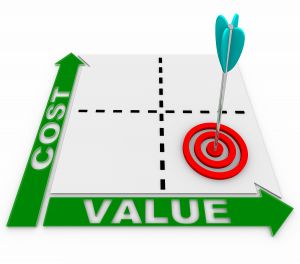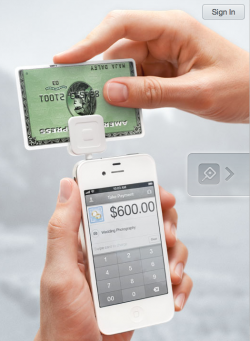Crisis communications – don’t wait to create a plan
February 6, 2012
Does your organization have a crisis communications plan that you could actually put into action at this very moment?
All of the hubub surrounding the Susan G. Komen decision to stop funding Planned Parenthood and then their reversal of that decision following a 72+ hour firestorm of public outrage should have scared the bejesus out of you.
If an organization as large, powerful and well respected as Komen can get into that much hot water — and is that ill-prepared to handle it then what in the world would happen to you if there was an accident on your job site, if your CFO embezzled funds or if made a mistake that cost your client a huge sum of money?
Don’t be so naive to think your organization is immune to a crisis that would put you in the crosshairs of the media and the public.
Odds are you are not well prepared. You don’t have a real plan. You aren’t ready to respond. Can you say, Danger Will Robinson? (a reference for my 40+ crowd)
One of the presentations I am often asked to give at conferences etc. is on this very topic. I decided to share it with you here so you can liberally steal some ideas that will help you get your organization prepared. (email subscribers — click here)
In the presentation, I outline the 5 key elements to a successful crisis communications plan.
- Be prepared – you can’t wait until you are in crisis. News today is spread in seconds, not days.
- Listen and monitor – be on the look out for trouble before it hits. Put out the single flame before it becomes an inferno.
- Be human and humane – everyone makes mistakes. But you’ll be judged by how you handle the mistake.
- Over communicate — silence or “no comment” don’t fly.
- Create community – build supporters and advocates before you need them.
[slideshare id=11418636&doc=crisiscommunications-120204101816-phpapp02]
We’re doing a lot of this sort of planning with clients today. But most companies will choose not to invest the time and energy, thinking it will never happen to them.
Don’t be that foolish.
More



















